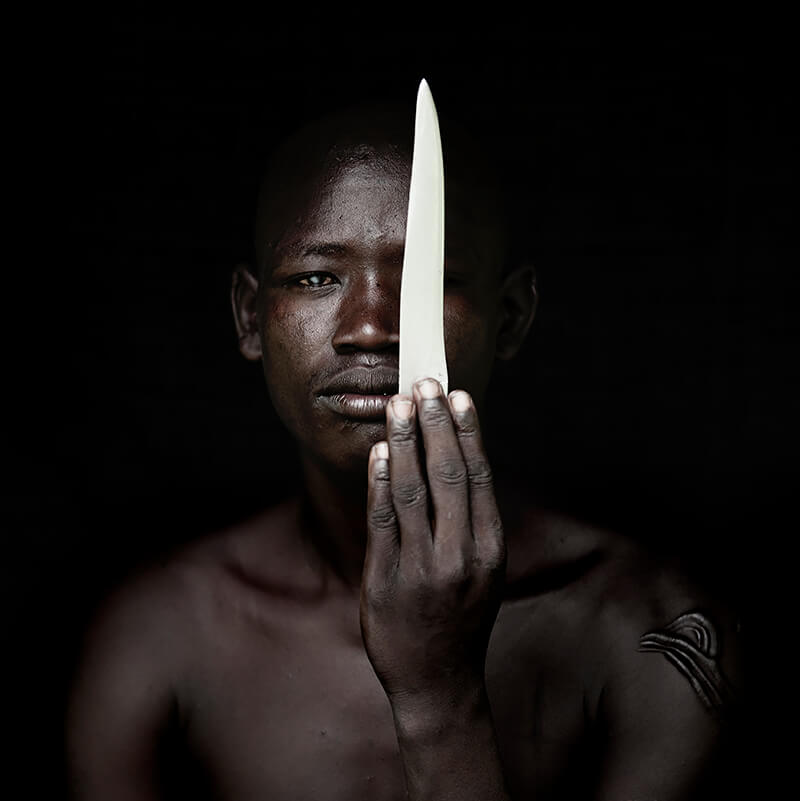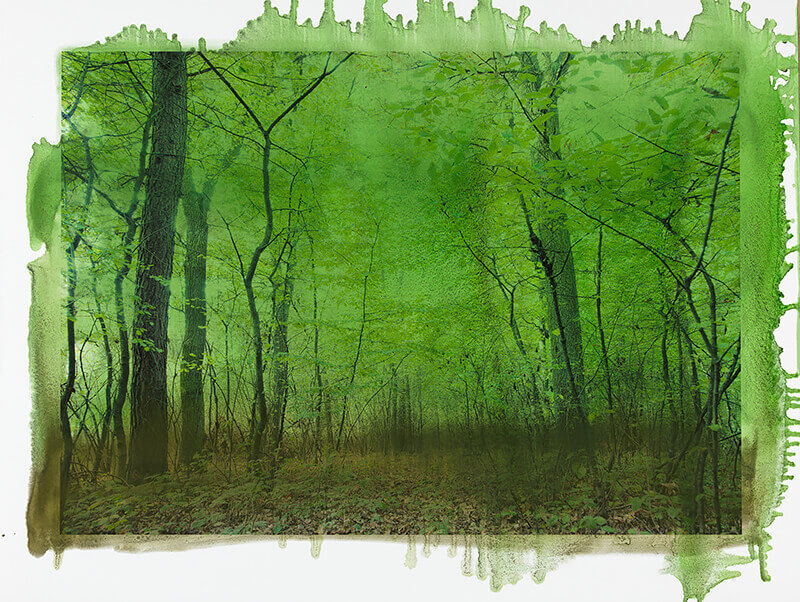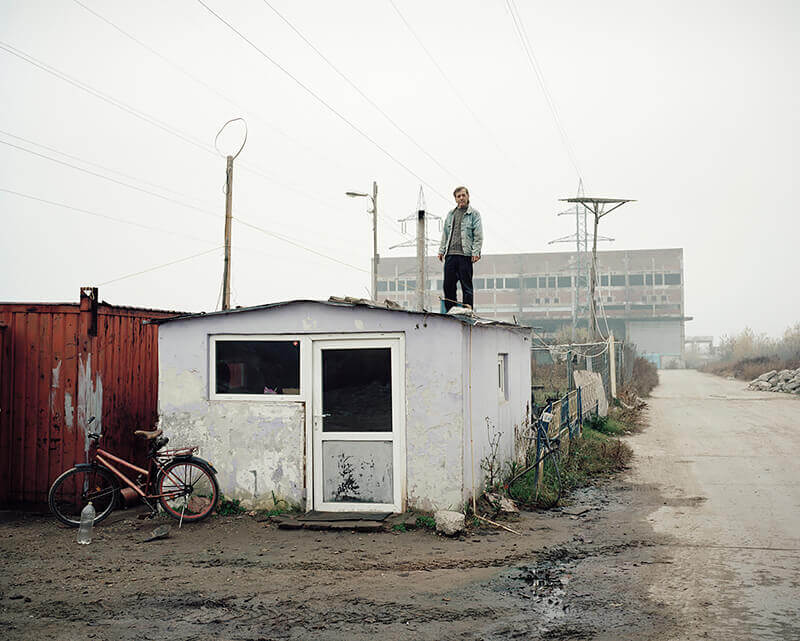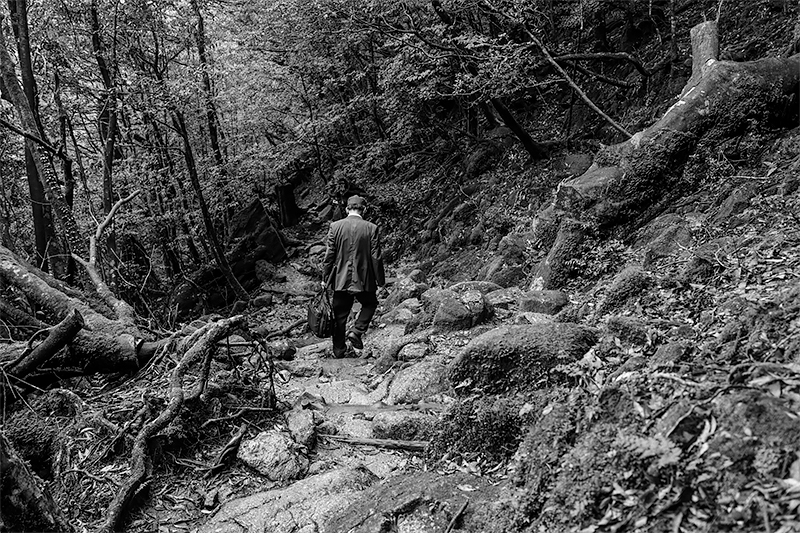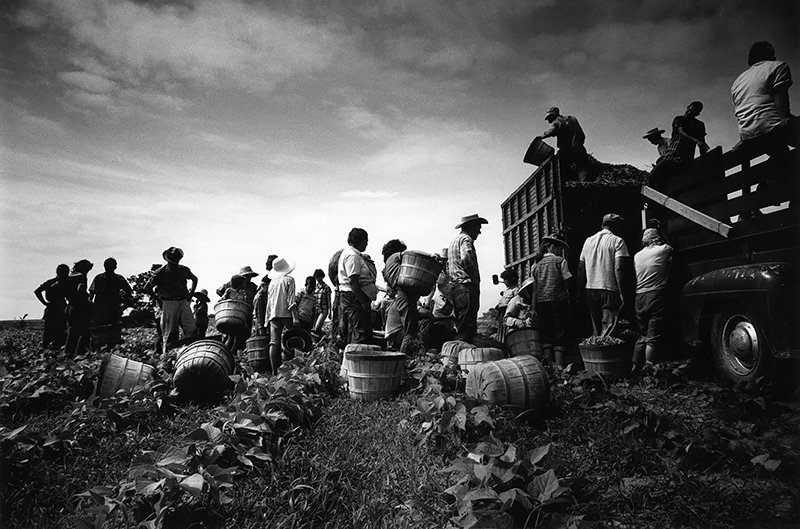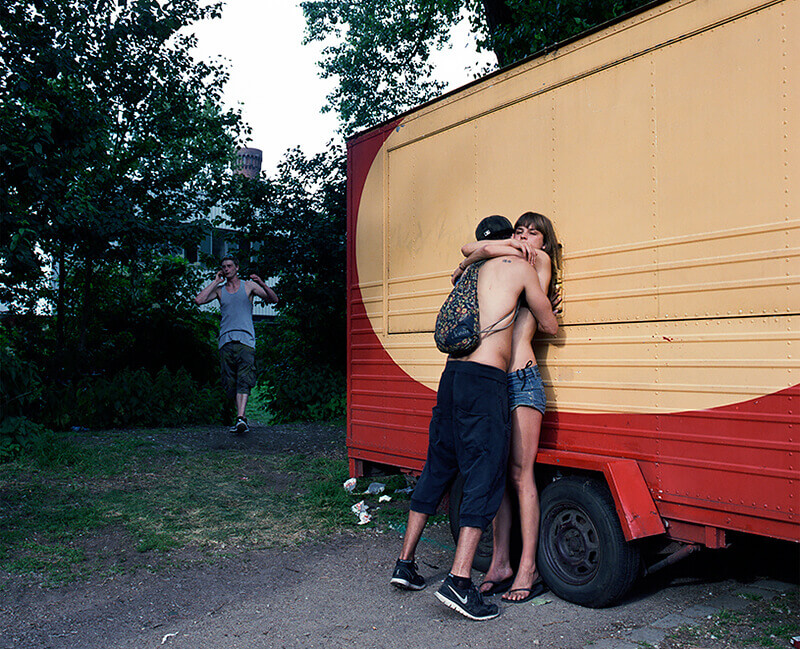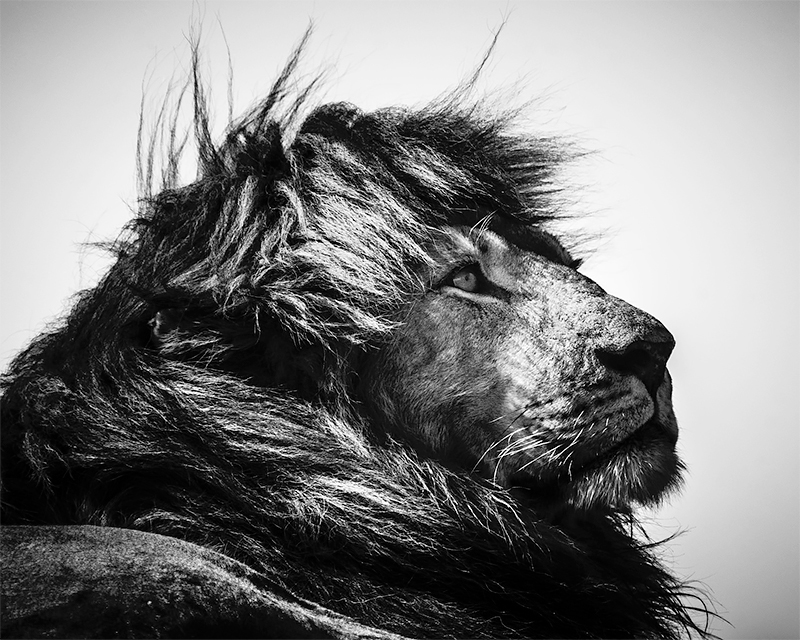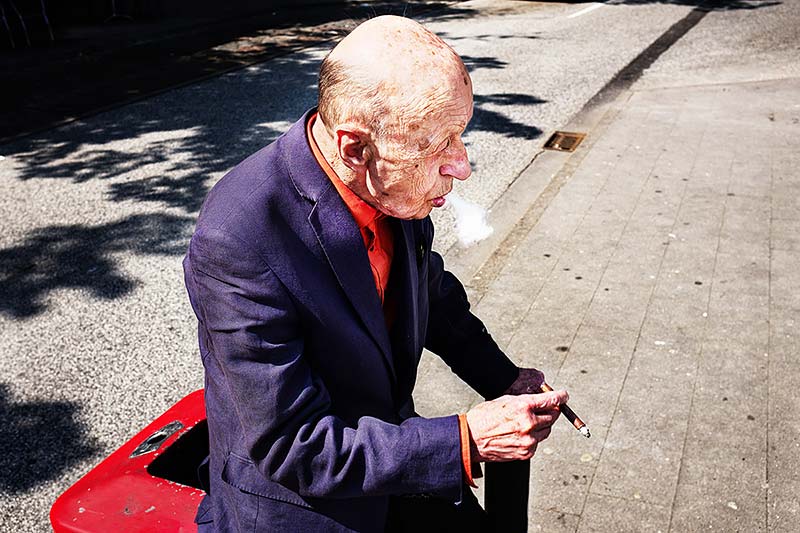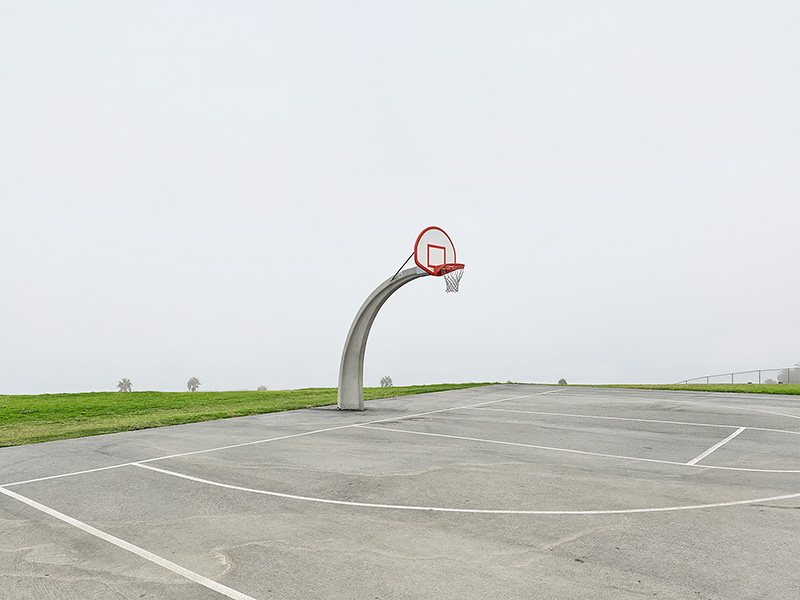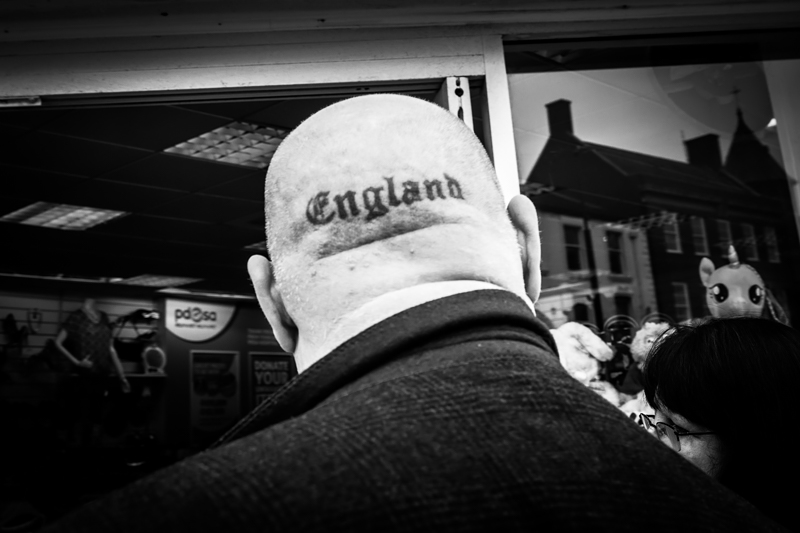This month of December we discovered new portfolios of amazing photographers from around the world. Here is a selection of some incredible images of modern photographers you can get some creative inspiration from.
Alberto del Hoyo Mora
Spanish
Alberto del Hoyo is a Spanish photographer living in Tenerife. He holds an MBA from the Instituto de Empresa Business School and is a graduate in Business Administration and Photography.
His own curiosity about the different forms of life has taken him to remote tribal territories in Asia, South America and Africa in search of the distinctive beauty and variety of his people.
In 2016, after 2 years of incursions into the Omo Valley of Ethiopia, he founded Pics 4 Pills. Modest fundraising initiative for the people of the Omo Valley
Three years later, at the end of 2018 he published the book Mystic Valley. Photographic travel notebook fruit of 4 years of photographic incursions in the Omo Valley. 100% of the revenues from sales are destined to solidarity projects in the different photographed tribal areas.
Also in 2018, Alberto presented the Fine Art portrait exhibition with the same name "Mystic Valley", as a complement of the book. The objective is responsible photographic dissemination. Show the beauty of heterogeneity and cultural identity
Barry Salzman
American
Barry Salzman is an award-winning contemporary artist who currently works in photography, video and mixed media and whose projects have been shown widely around the world. He lives and works between New York City and Cape Town, South Africa. His photographic work in particular, began with a fascination for the practice as a teenager, during a time when it served as a way for him to grapple with the racial segregation in apartheid South Africa.
Today, his work continues to explore challenging themes around social, political and economic narratives, often coming down to the core concept of identity. Acutely relevant and brave in its willingness to confront, Salzman's photography garnered the 2018 International Photographer of the Year Award in the Deeper Perspective category at the International Photography Awards for his project, The Day I Became Another Genocide Victim, which endeavors to humaize victims of the Rwandan genocide.
For the last six years, Salzman has worked on ongoing projects that attempt to challenge the universal fatigue around the genocide narrative. Mostly, he applies visual tools of abstraction to landscape images shot at precise locations around the world where acts of genocide were perpetrated as a means of reminding us that 'that place' can be 'any place'. In writing about his ongoing genocide landscape work Salzman says, "The lanscape witnesses all. It sheds its leaves in cover-up and complicity. But through its rebirth, so it rejuvenates. It carries with it the traces of the past and promises of the future. It triumphs over trauma. It is inextricably intertwined with our darkest moments and brightest days."
The following images were made in Ukraine, Poland and Rwanda at precise locations where acts of genocide were perpetrated.
Tommaso Rada
Italian
Tommaso Rada is an Italian photographer currently living in São Paulo, Brasil. Tommaso Rada is a documentary photographer working on socio-economic issues. His projects describing the surrounding society are aims more to create questions than to looking for answers. His works has been published in several magazines and newspapers such as Financial Time, Der Spiegel, Monocle, Popoli, Popoli e Missioni, Private online edition, Expresso, Helsingin Sanomat, Courrier International, Le Pelerin, Washington Post and Forbes Brazil. He collaborated with Unicef Mozambique, Comunità di Sant'Egidio and Habitat for Humanity Portugal.
Mike Magers
American
Michael Magers is a documentary photographer and journalist based in New York City. He is a frequent collaborator with the highly acclaimed team at Roads & Kingdoms and served as the lead photographer on their award-winning books, "Rice Noodle Fish" and "Grape Olive Pig" (as well as contributing to the 3rd book in the series "Pasta Pane Vino") published by Harper Collins/Anthony Bourdain. His images are exhibited both internationally and in the U.S. and have appeared in a wide range of digital and print publications including TIME, Smithsonian, Vogue Italia, Huck Magazine, Outside, The California Sunday Magazine, CNN's Explore Parts Unknown, Saveur, New York Times - T Magazine (Instagram Takeover), Grantland, Barron's, The Guardian.com, and L'oeil de la Photographie.
Michael's work documenting craftsmanship in Japan was named a 2016 Critical Mass Finalist.
Steve Schapiro
American
Steve Schapiro discovered photography at the age of nine at summer camp. Excited by the camera's potential, Schapiro spent the next decades prowling the streets of his native New York City trying to emulate the work of French photographer Henri Cartier Bresson, whom he greatly admired. His first formal education in photography came when he studied under the photojournalist W. Eugene Smith. Smith's influence on Schapiro was far-reaching. He taught him the technical skills he need to succeed as a photographer, but also informed his personal outlook and world-view. Schapiro's lifelong interest in social documentary, and his consistently empathetic portrayal of his subjects, is an outgrowth of his days spent with Smith and the development of a concerned humanistic approach to photography.
Beginning in 1961, Schapiro worked as a freelance photojournalist. His photographs have appeared internationally in the pages and on the covers of magazines, including Life, Look, Time, Newsweek, Rolling Stone, Vanity Fair, Sports Illustrated, People and Paris Match. During the decade of the 1960s in America, called the "golden age in photojournalism," Schapiro produced photo-essays on subjects as varied as narcotics addition, Easter in Harlem, the Apollo Theater, Haight-Ashbury, political protest, the presidential campaign of Robert Kennedy, poodles and presidents. A particularly poignant story about the lives of migrant workers in Arkansas, produced in 1961 for Jubilee and picked up by the New York Times Magazine, both informed readers about the migrant workers' difficult living conditions and brought about tangible change-the installation of electricity in their camps.
An activist as well as documentarian, Schapiro covered many stories related the Civil Rights movement, including the March on Washington for Jobs and Freedom, the push for voter registration and the Selma to Montgomery march. Called by Life to Memphis after Martin Luther King Jr.'s assassination, Schapiro produced some of the most iconic images of that tragic event.
In the 1970s, as picture magazines like Life folded, Schapiro shifted attention to film. With major motion picture companies as his clients, Schapiro produced advertising materials, publicity stills and posters for films as varied as the Godfather, the Way We Were, Taxi Driver, Midnight Cowboy, Rambo, Risky Business and Billy Madison. He also collaborated on projects with musicians, such as Barbra Streisand and David Bowie, for record covers and related art.
Schapiro's photographs have been widely reproduced in magazines and books related to American cultural history from the 1960s forward, civil rights, and motion picture film. Monographs of Schapiro's work include American Edge (2000); a book about the spirit of the turbulent decade of the 1960s in America, and Schapiro's Heroes (2007), which offers long intimate profiles of ten iconic figures: Muhammad Ali, Andy Warhol, Martin Luther King Jr., Robert Kennedy, Ray Charles, Jacqueline Kennedy Onassis, James Baldwin, Samuel Beckett, Barbra Streisand and Truman Capote. Schapiro's Heroes was the winner of an Art Directors Club Cube Award. Taschen released The Godfather Family Album: Photographs by Steve Schapiro in 2008, followed by Taxi Driver (2010), both initially in signed limited editions. This was followed by Then And Now (2012), Bliss, about the changing Hippie Generation (2015), BOWIE (2016), Mercicordia (20126) an amazing facility for people with developmental problems, and in 2017 books about Muhammad Ali and Taschen's The Fire Next Time with James Baldwin's text and Schapiro's Civil Rights photos from 1963 to 1968.
Since the Metropolitan Museum of Art's seminal 1969 exhibition, Harlem on my Mind, which included a number of his images, Schapiro's photographs have appeared in museum and gallery exhibitions world-wide. The High Museum of Art's Road to Freedom, which traveled widely in the United States, includes numerous of his photographs from the civil rights movement and Martin Luther King Jr. Recent one-man shows have been mounted in Los Angeles, London, Santa Fe, Amsterdam, Paris. And Berlin. Steve has had large museum retrospective exhibitions in the United States, Spain, Russia, and Germany.
Schapiro continues to work in a documentary vein. His recent series' of photographs have been about India, Music Festivals, and Black Lives Matter.
Schapiro's work is represented in many private and public collections, including the Smithsonian Museum, the High Museum of Art, the New York Metropolitan Museum and the Getty Museum. He has just Received the James Joyce Award and fellowship to University College in Dublin/ Previous recipients included Bishop Tutu, Jesse Jackson and J.K. Rowling
Anais Perry
French/German
I was born in Burgundy, France where I also grew up. For the study of Photojournalism at the Hochschule Hannover I moved to Germany. After 2 years, I changed to the HAW Hamburg to develop a more personal photography. The studies of Communication Design with the focus on photography offered me the possibility to discover a large scale of this art and to construct an own picture language. 2013 I earned the BA of Photography in the Class of Prof. Vincent Kohlbecher and Prof Ute Mahler and in 2016 the Master in Photography with Prof. Gesa Lange and Prof Linn Schröder. In 2018, I won the Juror's Pick at the Lensculture Street Photography Award 2018, and in the same year appears a self-published edition of my work "What remains at the end?". To create my works, I find inspiration in the cinema art. The fiction is my starting point to capture the reality and to build a strange or an artificial atmosphere. I'm living and working currently in Hamburg.
Laurent Baheux
French
Laurent Baheux is a French photographer born in 1970 in Poitiers.
After covering unrestrained international sport news, Laurent Baheux turned towards nature and wilderness.
Its been fifteen years since the photographer works on making collections of images of nature in a dense and contrasting style. Laurent Baheux tries to develop a different way of photographing nature and its faune by attempting to create portraits that depict the personality and humanity of each animal, as an individual.
He adopts an animal portrayer approach where aesthetics and sensibility prevail over the documentary vision. Tight or misaligned layouts, blur or grain, raw and deep blacks, he explores all the ways possible, having as only requirement the magnification of his subject instead of just representing it.
The photographer actively advocates for organizations of environmental protection such as WWF, the Foundation Good Planet, the Institute Jane Goodall or the Association Cheetah for Ever. In 2013, he became goodwill ambassador for the United Nations program for the environment on the anti-poaching campaign Wild and Precious.
His photographs are exhibited in galleries and are part of books, publications and exhibitions in France and abroad.
Manuel Armenis
German
Manuel Armenis is an award winning independent street and fine-art photographer based in Hamburg, Germany, dedicated to documenting daily life. He was born in Mannheim (Germany). He studied at Icart, École de Photographie in Paris (France), and at the University of the Arts in London (England). Since graduating he has been working as an independent filmmaker and photographer.
The emphasis of his practice is the realization of long-term projects with a focus on exploring the human condition within everyday and commonplace urban environments. Manuel´s work has been exhibited internationally in galleries in both solo and group shows. His photographs were published in leading contemporary photography magazines and online. He has received numerous awards, including 1. prize winner at the Sony World Photography Awards in 2018, and has been a finalist at the LensCulture Street Photography Awards in 2017 and at the Meitar Award for Excellence in Photography in 2019, among others. Manuel currently lives and works as a freelance photographer in Hamburg, Germany.
Matthew Portch
British
I was born and raised in Bristol, England through the '70s and '80s in a typical suburb.
As a child, television and movies were my favourite distraction, especially anything from the United States. The backdrop of the North American scenery felt like an exotic antidote to the humdrum of the English city suburbs and countryside.
I was a keen illustrator spending hours pouring over the minutia of the subject matter. I wanted my drawings to feel as close to reality as possible. This work saw me enrolled in college at a young age where I studied Photography and Graphic Design.
Drawing on my childhood memories, the visuals of the American landscape remained a major influence on my photography. I became inspired by North American photographers of the '60s and '70s who were prevalent in using large format film. This laborious system of capture enhanced these seemingly ordinary looking street scenes and vistas with fastidious detail.
I discovered a more modern process in the form of a technical camera, digital back, and precision optics, then proceeded to cast my own journey.
I like my pictures to be aesthetically simple, clean and graphic, which resonates with my background in design. I prefer the images to retain an air of perplexity, so keeping them free of people and any notable present-day object helps suspend them in a moment in time.
As with most large format photography techniques, when I photograph a scene I capture everything across the frame in complete focus. This can lend a heightened sense of reality. Given each picture is deliberately simple and mundane – the detail of the capture is just as important as the subject matter and becomes a character of the image in itself.
I use the full size of the sensor and prefer not to crop. Restricting myself to this discipline is almost a digital reverence to large format film.
My creative vision is to capture a calm and melancholic disposition in the landscape and create a scene of discernible simplicity to evoke an emotional and response from within.
Benita Suchodrev
American
Benita Suchodrev was born in the former Soviet Union and immigrated to the United States where she received her Bachelor's degree in Liberal Arts with a focus on Art History from SUNY Purchase, New York, continuing to a Master of Arts in English Literature, graduating with high honors. It was in the university darkroom where Benita developed and produced her first black and white prints.
In 2008 Benita relocated to Berlin where she began an extensive documentation of the cosmopolitan city's multifaceted art scene while working on diverse photographic projects. Later she studied at the Neue Schule für Fotografie in the class of Eva Bertram. Her portrait and documentary work has been exhibited in solo and group shows nationally and internationally and is part of the Rafael Tous Foundation for Contemporary Art in Barcelona, the Michael Horbach Stiftung in Cologne as well as private collections in Moscow, Berlin and New York.
She has published Of Lions and Lambs (2019) and 48 Hours Blackpool (2018) with KEHRER Verlag. Her photographs have appeared in NACHTLEBEN BERLIN 1974 – BIS HEUTE (Metrolit Verlag, 2013), BERLIN NOW (teNeues Verlag, 2009) and have been covered by various media including ARTE, THE GUARDIAN, ZEIT ONLINE, ARD, RBB24 Kulturradio, Frankfurter Allgemeine Zeitung, Berliner Zeitung, STERN.DE, AMICA Italy, ART, MARE Magazine, Neues Deutschland, Die Tageszeitung, Tagesspiegel, MIND China, The Moscow Times, Искусство – The Art Magazine Russia, among others.
